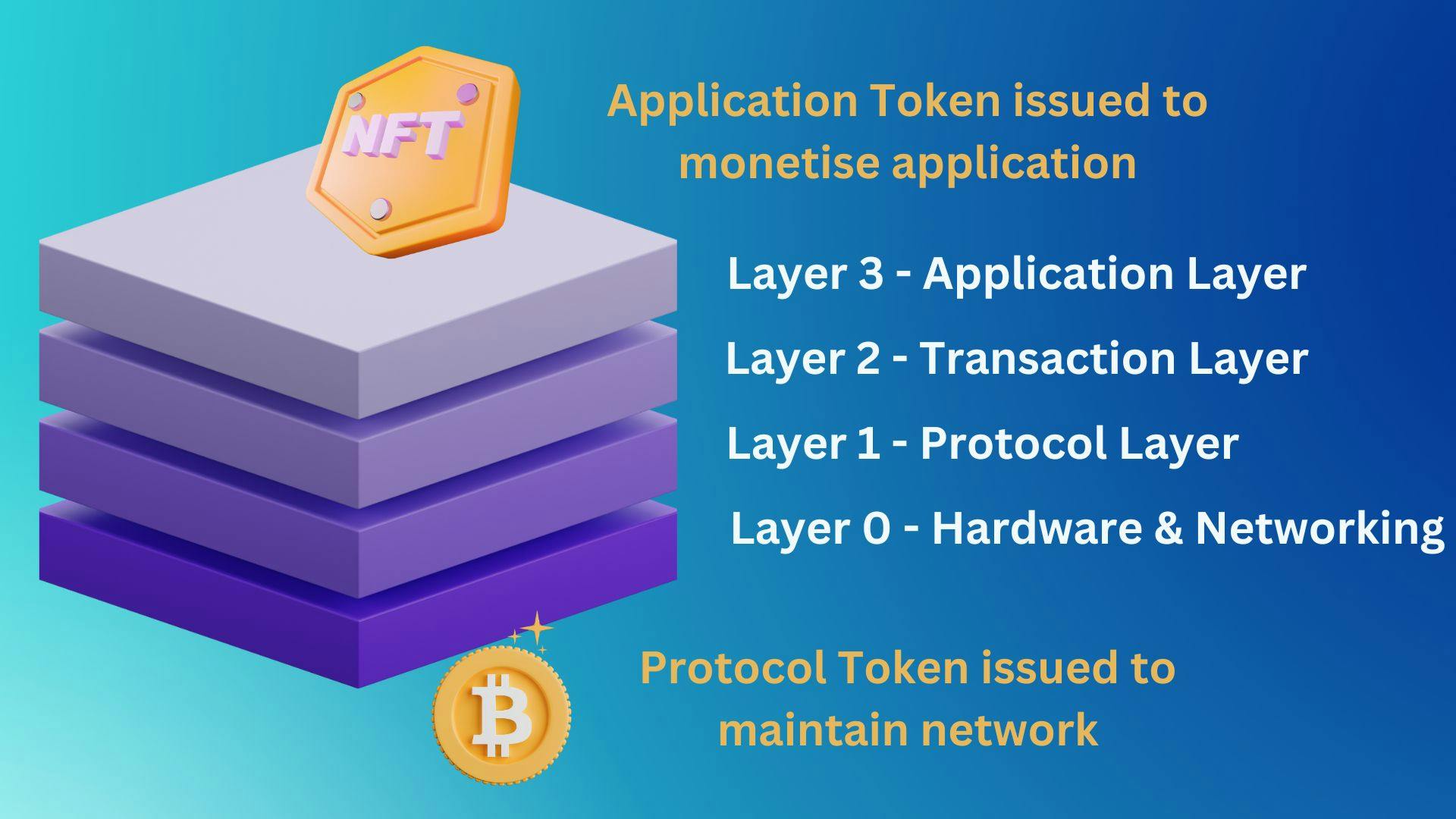Recap
Last week, we explored why tokens are necessary or required in Blockchain. At a high level, tokens in a Blockchain are issued:
As Incentive
For Ownership
As Currency
In a Blockchain, tokens are used as incentives to motivate miners to maintain the security & maintenance of the network.
Tokens can also be used as funding sources for projects as it was the case from 2015 to 2017.
Tokens as currency were discussed in terms of using tokens to pay for certain activities performed to maintain the performance & security of the network like miners' fees or transaction fees paid in underlying protocol tokens.
Let us move on to token classification
Token Classification
We ended last week with token classification as below :

Source
Classification is based on the source system where tokens are issued as below:
Protocol Tokens &
Application Tokens
Usage
Classification is based on token usage as below:
Utility Tokens &
Equity Tokens
Fungibility
Classification is based on token fungibility:
Fungible Tokens &
Non-Fungible Tokens
Transferability
Classification is based on transferability of tokens :
Transferable
Non-transferable
Let us explore each of the above in detail.
Classification based on Source
Tokens are classified based on the source system or application where these are issued. Let us rewind back to Week 33 where we discussed a Blockchain system consisting of various layers starting from the base as
Layer 0 - Hardware & Networking
Layer 1 - Protocol Layer (Consensus, mining, security, decentralization)
Layer 2 - Transaction Layer (Blocks, Transactions etc)
Layer 3 - Application Layer (Decentralized Apps, DAOs etc)
The underlying three layers (Layer 0 to Layer 2) comprise the Blockchain infrastructure & the application layer consists of independent decentralized applications on the Blockchain. The application layer is like the apps on our phone which are independent of the underlying phone system.

Image by Edward Lich from Pixabay
Tokens are classified based on the source system as below :
Protocol Tokens
Application Tokens
Protocol Tokens
These tokens are issued as native or intrinsic tokens for that Blockchain with the below objectives :
To keep the network safe from attack by acting as incentives (e.g., miner rewards) &
For transaction fee payment
Application Tokens
Application token are issued as part of an application (Applications are apps built on top of a Blockchain) & so they can have any function or property depending on their use case. These tokens can represent either physical or digital goods, or a right to some product or service as part of the application.
These tokens are issued independently of the underlying Blockchain. A real-world analogy is paying for any app on your phone. The app can exist on Android or iPhone & is independent of the type of phone used.
Examples of application tokens are - Augur, EOS, Tether, DAI etc.
The below visual makes it clear.

So tokens below the application layer are normally issued to incentivize the network actors to maintain the security of the network & ensure smooth processing of transactions & other aspects of the Blockchain.
The nodes are paid mining fees or transaction fees for validating & adding transactions to the decentralized ledger. Examples of protocol tokens are Bitcoin for Bitcoin Blockchain or ETH for Ethereum.
Classification based on Usage
Tokens are also classified based on their usage. The two main classifications are :
Utility Tokens
Equity Tokens
Utility Tokens
Before we get into utility tokens, we have to understand ICO or Initial Coin Offering.
We are familiar with IPO or Initial Public Offering. What is an IPO?
An initial Public Offering (IPO) refers to the process of offering shares of a private corporation to the public in a new stock issuance for the first time. (Source : here)
So when a private company first issues shares to the public, it is called IPO or Initial Public Offering. Why is this important? Because the company's shares are now open to public for wider access to funds.
There are regulatory aspects to be considered during an IPO which is beyond the scope of our discussion.
ICOs are Initial Coin Offerings. An Initial Coin offering is the crypto industry's equivalent of an Initial Public Offering. A company seeking to raise money to create a new coin, app or service can launch an ICO as a way to raise funds. (Source : here)
A utility token is a token that is given out during crowd sales as a project executes an ICO. When a company creates a utility token, it means that it is essentially creating a token that can be used in the future for special access to a product or service.
A good example of utility token is FIL, the native currency of Filecoin.
The native currency of Filecoin, FIL, is a utility token used to incentivize persistent storage on the Filecoin network. Storage providers mine FIL by providing reliable storage service or committing storage capacity on the network. It has a maximum circulating supply of 2,000,000,000 FIL, meaning that no more than 2 billion Filecoin will ever be created. (Source : here)
Equity Tokens
An Equity token represents a share in the underlying company. Just like holders of shares, holders of equity tokens own a percentage of the enterprise. They are entitled to a portion of the underlying company's profit & a right to vote on its working.
A traditional share is logged into a database & is generally accompanied by a share certificate while an equity token records ownership in a Blockchain.
More on token classifications next week!!
